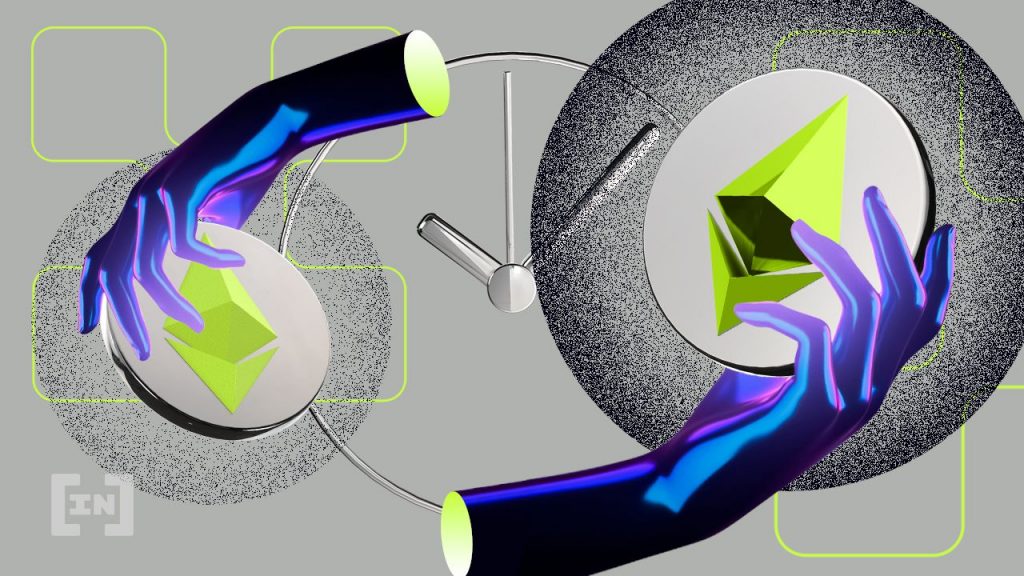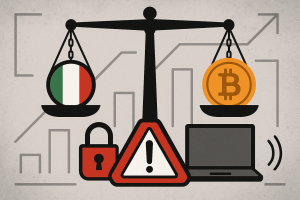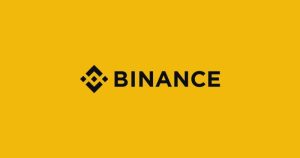Layer-2 Ethereum Ecosystem Growth Could Pose Future Risks

Recent research into the growth of the layer-2 Ethereum scaling ecosystem has revealed potential problems for the network down the line.
New findings from Binance Research have shed light on potential issues for the Ethereum network as the layer-2 ecosystem grows.
Ethereum successfully transitioned to proof-of-stake but still cannot scale natively until sharding implementation sometime late next year. This will result in the continued growth of the layer-2 scaling ecosystem.
The research suggested that this growth could “increasingly accumulate revenues away from the Ethereum mainnet.”
This migration could potentially lower staking yields for Ethereum validators, “which in turn could introduce new risks to the security of the Ethereum network.”
TPS and fee competition heats up
The report, penned by Stefan Piech, added that the thesis is likely to play out due to the competitive nature of transaction speeds and fees (which are still too high, according to Vitalik Buterin). It compared the leading layer-2 networks with Ethereum’s 15 TPS (transactions per second) and average fees for these metrics.
Polygon was top in terms of TPS with a claimed 65,000 and an average fee of $0.25. Arbitrum came second with 4,500 TPS and a similar transaction fee, while zkSync and Metis claimed around 2,000 TPS.
The introduction of Ethereum Virtual Machine (EVM) zero-knowledge rollups (zkEVM) has accelerated the growth of the layer-2 ecosystem. The research estimates that the majority of applications on Ethereum today will likely move to L2 as dApp functionality can be increased with zkEVM.
Scaling provider zkSync is set to launch its version 2.0 mainnet and zkEVM later this month, and Polygon’s zkEVM will be rolled out in 2023. zkEVMs also introduce more complex programming capabilities as dApps will be able to operate natively on L2.
However, the growth of the L2 ecosystem and zkEVMs is likely to complement Ethereum rather than detract from it. If sharding is just a year or so away, there is unlikely to be enough time for L2s to leech enough revenue away from Ethereum to make a difference, especially in a bear market.
Ethereum L2 ecosystem outlook
The crypto winter has had an impact on all aspects of the sector, including the layer-2 ecosystem. Since its peak levels in April, TVL across all leading scaling networks has fallen almost 40% to current levels of around $4.6 billion, according to L2beat.
However, this decline is mostly due to the fall in ETH prices because the amount of Ethereum locked across L2 has increased by around 70% in the same period.
Arbitrum One and Optimism remain the industry leaders, with a joint market share of just over 80%.
Disclaimer
All the information contained on our website is published in good faith and for general information purposes only. Any action the reader takes upon the information found on our website is strictly at their own risk.














